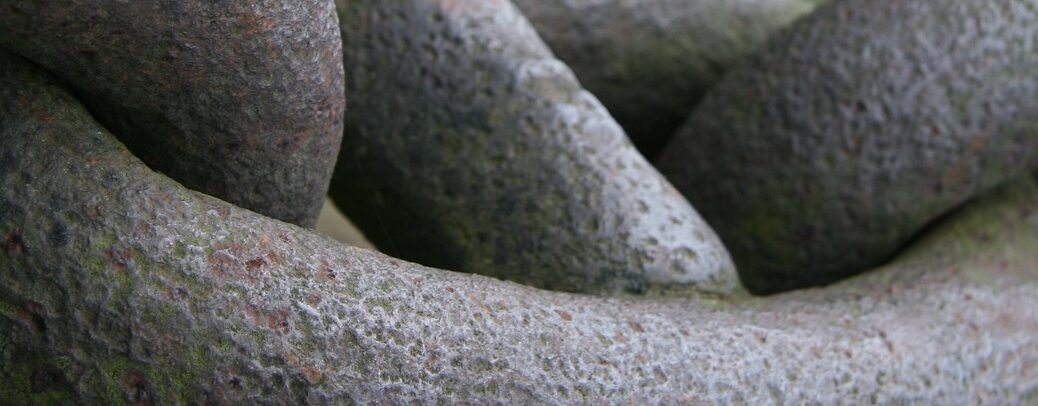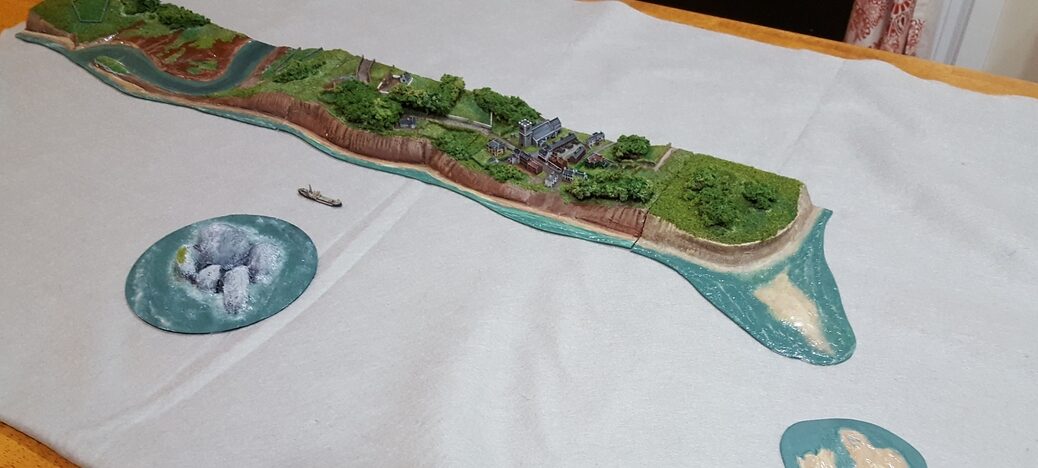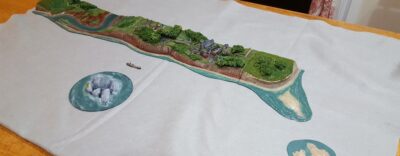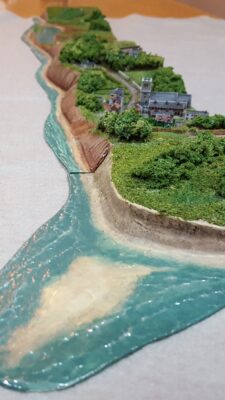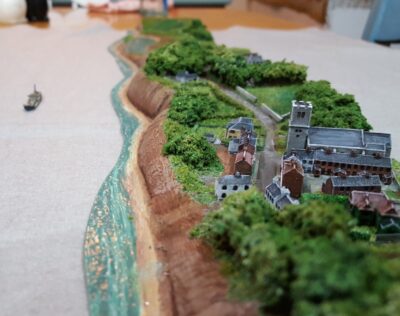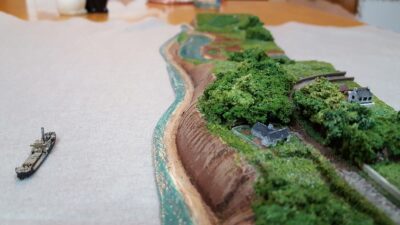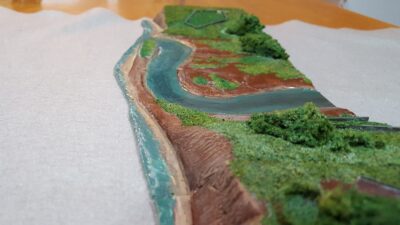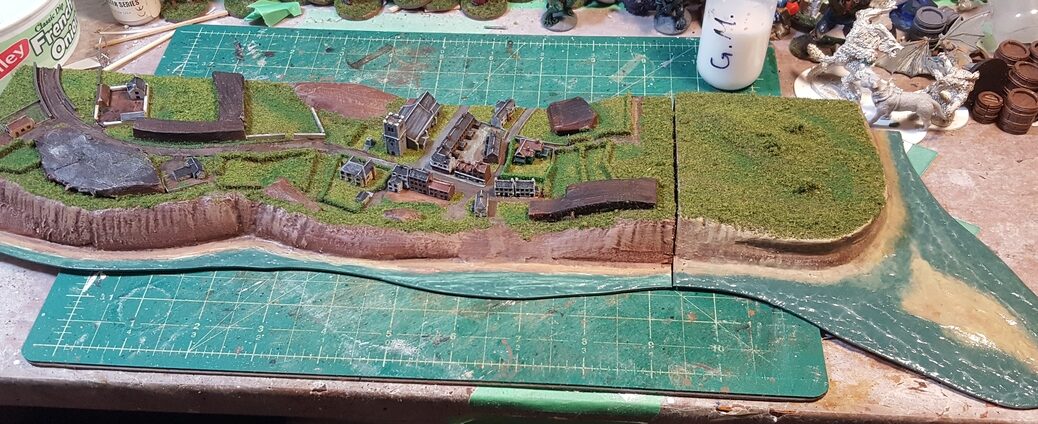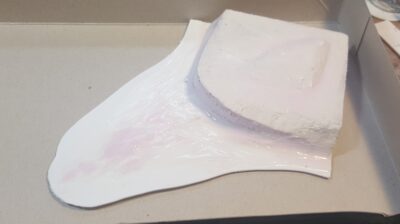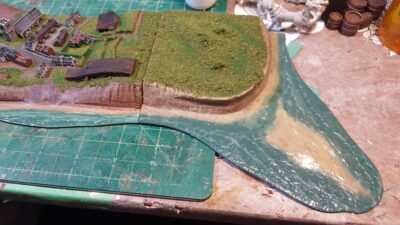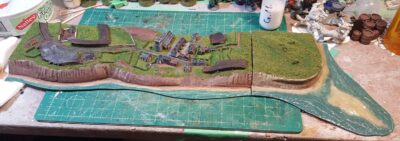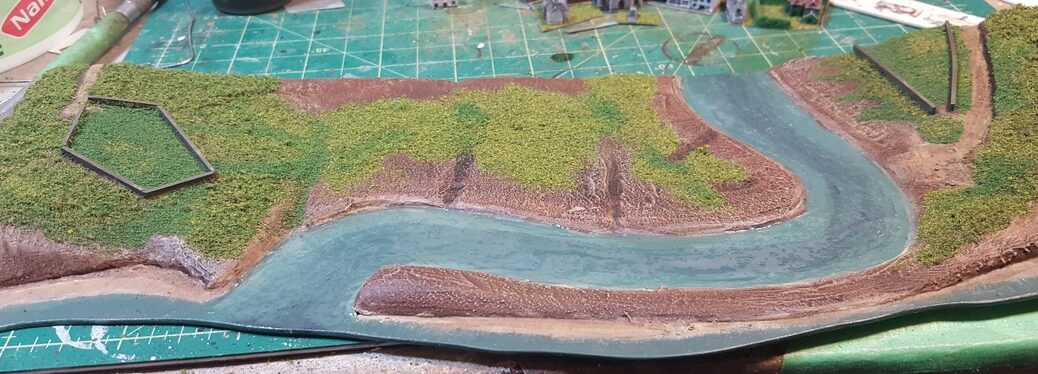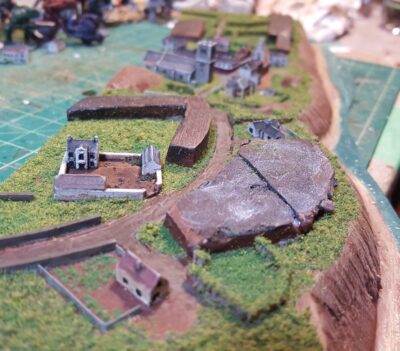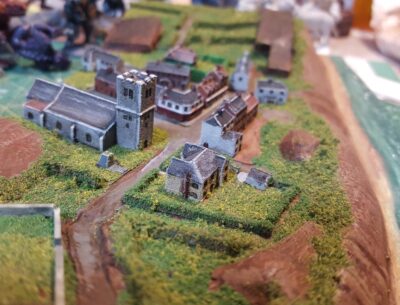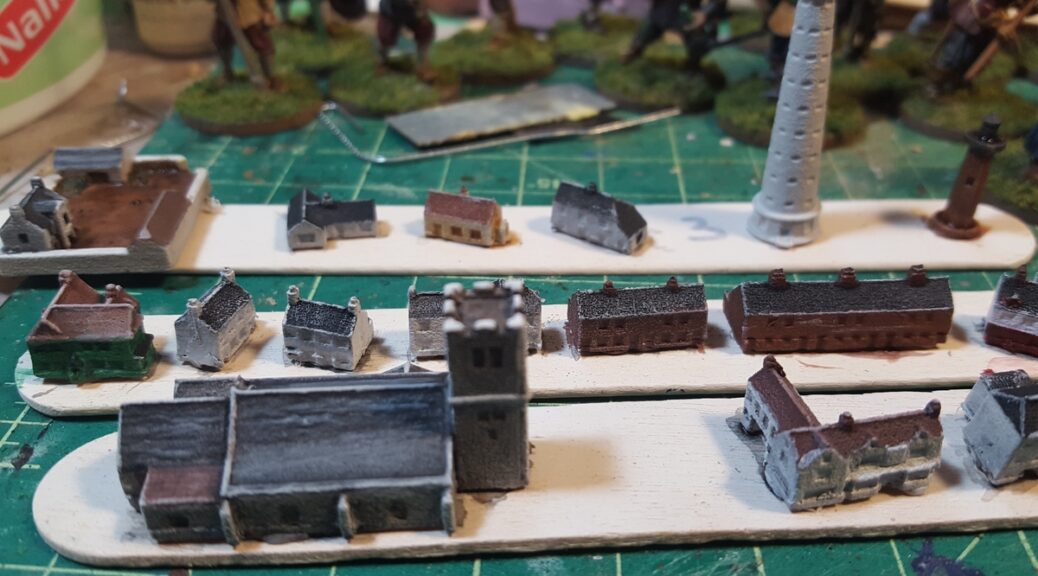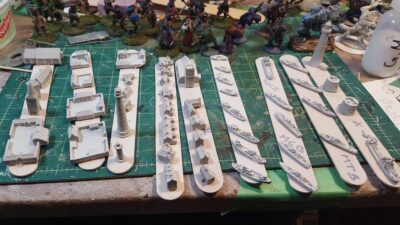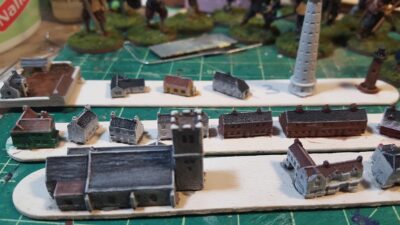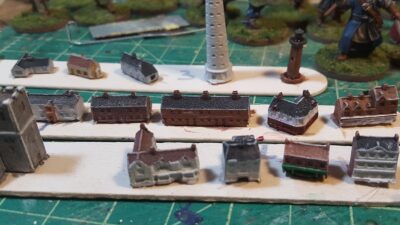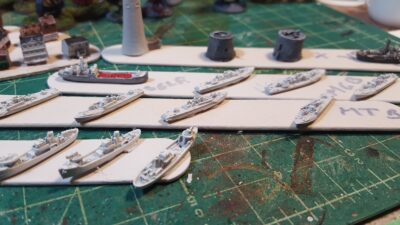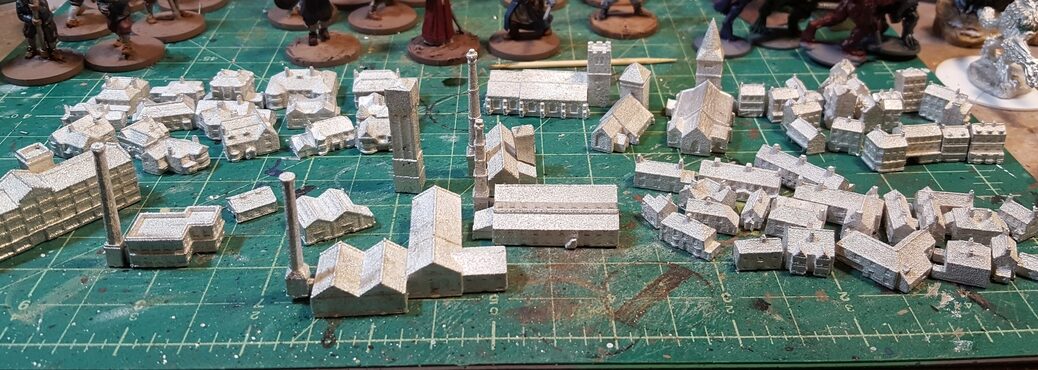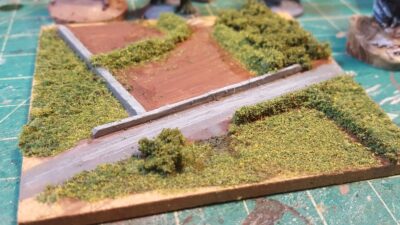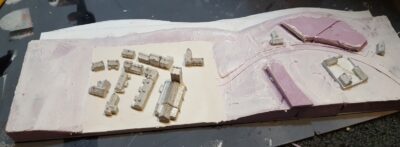First links of interest of the new year – and the new decade, come to that!
Dana Howl has a fairly new YouTube channel that I discovered via Twitter. She’s a great antidote to the shouty beardy death metal school of YT videos, being soft spoken and very, very dry humoured. Her favourite video of mine so far is her introduction to using glazing & glaze medium on miniatures, which is a new technique to me. I’ve picked up a small bottle of glaze medium from my local art supply store and while I’ve not used it much yet, it’s another very useful tool in anyone’s painting toolbox. I think it’ll be especially useful on large monsters. I’ve got a huge Reaper Bones dragon that I got in one of their Bones Kickstarters that I should start painting one of these years…
Another recent (to me) find of small scale scenery is over at League of Augsburg, where Jim is building whole chunks of coastal England to sail 1:2400 scale Anglo-Dutch War ships upon. He’s actually using the same Brigade Models small scale buildings I am, and they work just fine in a scale half the size of the one I’m using them in.
I’m currently attempting to paint impossibly tiny 1:1200 coastal warfare boats without going mad or blind, and Mal Wright’s excellent little handbook on Royal Navy WW2 paint jobs British and Commonwealth Warship Camouflage of WW II – Vol I has been incredibly useful. It’s available in ePub (the linked version) and traditional dead-tree from Pen & Sword in the UK; I went for the ePub because I didn’t feel like coughing up for S&H for one book, but I might actual also buy the “real” book at some point. Mr. Wright is apparently currently working on a similar volume for the Americans and Japanese in the WW2 Pacific theatre, which is awesome, and has apparently also done some work toward a German Kreigsmarine counterpart to his Royal Naval series.
More soon, including photos of those impossibly tiny coastal warfare boats!

